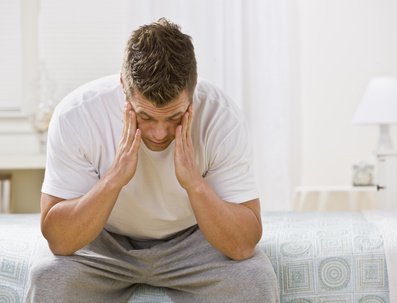Lymphedema is an abnormal buildup or bulge of body fluids under the skin. It occasionally happens when lymph nodes located on the body are removed, damaged, or blocked, typically as a result of cancer treatment. In turn, this affects the proper drainage of fluid. Lymph nodes are significant to the body, acting as natural filters for waste. If the system is damaged the lymphatic fluid carrying the waste doesn’t have anywhere to settle, it can cause the lymph vessels to swell under the skin.
Types of lymphedema
There are two types of lymphedema; with both, swelling is a major symptom, but one of these conditions is quite rare.
• Primary lymphedema: This type of lymphedema is rare and is a genetic condition. It means the lymph node is non-existent or not mature, causing fluid to collect under the skin.
• Secondary lymphedema: This occurs before surgery when the vessels are interfered with. The condition is common among cancer patients and survivors (lymphedema is the most potent of cancer treatment side effects). When a patient goes through surgery or radiation therapy, in most cases the lymph nodes are mitigated, destroyed or blocked causing the vessel to swell due to the fluid buildup.
Lymphedema begins to develop gradually and may affect any part of the body such as an arm, neck or leg. The swelling may appear when the patient is on treatment, but it can also occur years or months after. Unfortunately, regular fluid drainage under the tissues will destroy other lymph nodes unless a remedy is sought.
What are the symptoms of lymphedema?
Cancer patients going through surgery or radiation therapy will notice several symptoms, including:
• Swelling on the skin where pressing on a spot leaves a dent.
• Pain on the site of the swelling.
• Difficulty moving the affected area due to pain.
• Skin tears causing an ulcer.
• Hardening of the skin around the affected area.
Common causes of lymphedema
Lymphedema may be caused by the following conditions:
• Cancer treatment, surgery and radiation therapy
• Removal of lymph nodes
• Blood clots which block blood vessels
• Tumors
• Infection
• Surgery
All of these factors are related to cancer and its treatment, with breast cancer treatment one of the biggest contributors to this condition.
Lymphedema treatment, care and management
Treatment for lymphedema is yet to be discovered, but there are various ways of managing the condition which involve reducing the swelling of the skin and mitigating any pain.
Basic treatment methods
Compression garments
Compression garments are special sleeves which are worn on the affected area. These garments restrict the buildup of fluid from the area.
Pneumatic compression
This is a digitized garment which is connected to a pump. The garment is inflated pushing the fluid out.
Exercises
Exercises and massage are natural ways to manage lymphedema, helping to drain the fluid out of the area or limb affected.
Advanced treatment
Vascularized lymph node transfer
This is an advanced surgical procedure whereby a surgeon will operate on a patient’s working lymph nodes transferring them to the affected areas. The operation only happens if the lymphedema is advanced and beyond the help of natural remedies.
Lymphaticovenular bypass surgery
The process is used for mild lymphedema. Surgeons will move fluids from swollen lymph nodes on the affected limbs, thereby relieving pressure on the area.
How to manage lymphedema?
Nutrition
Patients are advised to maintain a diet high in healthy whole foods that are beneficial to the body and help avoid excess weight gain. Maintaining optimum physical health is very important so that the vessels will not be subject to too much pressure, causing issues with drainage.
Self-awareness and acceptance
These are natural ways to manage lymphedema such as attending counseling sessions, music therapy, practicing relaxation techniques and stress relief. Patients can also learn what works for them to avoid some of the triggers.
Education
Educating patients and the community helps in learning about lymphedema and how to care for individuals who are suffering. As a preventative measure, it is also important to educate at-risk groups about cancer treatments and its side effects.
Protecting the skin
It’s recommended to apply oil and clean the affected area to avoid skin hardening. Use protective gloves and garments to cover the areas and also keep the areas clean.
Lymph fluid drainage
To ease the symptoms, a qualified therapist can assist patients by carrying out fluid drainage through massage and exercise, helping to reduce excess fluid building up in the affected areas.
